Before sunrise, shoes were already laced, and by 7 a.m., 28 runners in Brea Olinda High School’s cross country program were out the cabin doors, running five miles with a thousand feet elevation gain – lungs burning, legs aching, and the air thinning with every step.
And that was just the warm up.
11 girls, 17 boys, and three coaches traded the manicured parks and flat neighborhoods of Brea for an intensive five days of high-altitude training in the San Bernardino Mountains from July 28 to Aug. 1. The goal: return to BOHS, and to competition, stronger, both physically and mentally.
Persevering at Altitude
“When I go on a run, it helps me clear my mind, helps me refresh, especially in Big Bear’s nature,” varsity runner Jonathan Kwon (‘27) said. “When you’re not only paying attention to the pain, you notice how beautiful it is.”
Big Bear isn’t just scenic views, cabin getaways, and winter snowboarding, however; it’s a haven for runners to train at elevations almost 7,000 feet above sea level. Wildcat runners experienced runs between two and ten miles, depending on the group’s ability level, and sometimes multiple times a day. The altitude training also consisted of hikes, relays, and strength workouts.
For girls’ varsity runner Sarah Garrigue (‘26), the altitude forces her to adapt. “It’s harder to breathe, pace, and just run, because of how thin the air is,” Garrigue said. “[But] once you come down the mountain, you’re able to run a lot faster.”
Running at high altitudes is more challenging than training at sea level because of reduced oxygen levels – there is less oxygen available in each breath – and lower air pressure. At the training camp’s elevation, aerobic capacity is reduced by 12 to 16 percent, compared to full aerobic capacity at sea level, forcing runners to exert more energy, often at a slower pace.
“We stepped up the training in a low-oxygen environment and we were so impressed with the grit and determination of all the athletes out there,” cross country head coach Dreux Valenti said. “It was deliberately a challenge to the athletes to see if they could persevere in tough conditions, and they came through.”
Bonding in Big Bear
While Big Bear was intended to prepare athletes physically, it also strengthened team unity.
After athletes jigsawed their luggage and food into the coach’s and parent-chaperone’s vehicles and piled into vans, they made the two-hour, 90-mile trip — fueled by country music and Nerds Clusters — from Brea to the team cabins.
Upon arrival, athletes were split into two residences: male and female. Athletes claimed an array of beds, from bunks, to couches, to air mattresses. A tight fit, but the close quarters spurred bonding and afternoons of fun.
The boys’ spare time was filled with pool tournaments and Super Smash Bros. tournaments.
Kwon acknowledged that the environment was a good space to get to know his teammates.
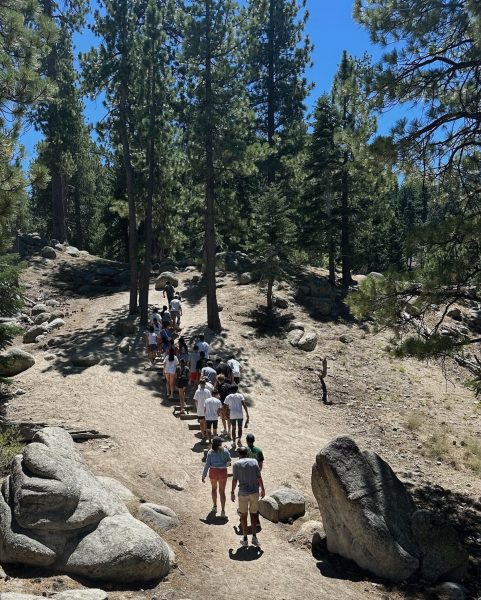
In contrast to the mayhem at the boys’ cabin, the girls’ cabin enjoyed more relaxing vibes of late-night comedy and horror movie marathons, and self-care after the days’ workouts.
The physical proximity and the opportunities to enjoy each other off the trails was just as important as the grueling daily training.
“Staying with each other in Big Bear has made us so close, and it makes us ready for our runs,” Mia Luna (’26) said. “We’re more willing to talk to people we haven’t talked to before, and we’re more encouraging.”
“Lead by Example”
But the main goal of the retreat was developing each individual’s physical fitness and mental strength. Each morning, the team, grouped by skill level, ran either four to six miles, five to eight miles, or six to ten miles.
The first run, four to six miles up a steep hiking trail in 80 degree weather, was a shock to the team’s freshmen, who were new to cross country camp.
“That run on Monday was definitely scary,” Avery Marquez (‘29) said. “We ran up this big hill — this mountain — and it was very slippery and slidy.”
The demands of inclines in altitude can be daunting for newer runners, who were supported by boys’ varsity captain Tom Landreth (‘26), and girls’ varsity captains Luna and Garrigue.
“I try to look out for the younger kids,” Landreth said. “A few of them are a bit quiet, but I include them as much as I can in the conversations and the activities that we do. I try to lead by example and use my voice as much as possible.”
Marquez acknowledged the team-building element of the group runs. “I had my friends with me, and we ran into the majority of the boys’ group, and we bonded with them a bit from that,” Marquez said. “It was a kind of trauma-bonding.”
As the team grew closer with daily runs, they also held each other accountable for taking care of their bodies. Runners focused on staying hydrated, eating plenty of protein, and taking ice baths to keep their bodies in top form.
Recovery extended into the kitchen. All meals – post-run breakfasts and dinners – were prepared by the athletes, with rotating shifts of cooking and cleanup to make sure everyone contributed.
Garrigue, the girls’ resident chef, most enjoyed “being done with all the runs at the end, and making food for everyone.” She spearheaded meals of spaghetti, chicken teriyaki bowls, French toast, and breakfast burritos.
That teamwork and leadership in the kitchen was put to the test in the camp’s most anticipated tradition: the annual team competition. Events include shirt decorating, plank and squat contests, ice cream eating, and the Spedley Medley, a half-mile relay race where teams of three take turns running four back-to-back loops.
Taking place on day four, when legs are tired and motivation is tested, Sydney Thomas (‘28) stressed the importance of the Spedley.
“The Spedley Medley is super important because you get to see how other people’s brains work; you get to see how they are on a day-to-day basis,” Thomas said. “When they’re struggling or hurting, you know how to help them, and they know how to push you.”
This year’s Spedley shifted from last year’s Olympic-style country theme to musicians and bands, with shirt designs ranging from the Backstreet Boys to Beyonce to Kanye West – Thomas’ team of choice.
But the biggest surprise of the week was the first-ever squat competition, when Adelyn Oh (‘29) completed, to the awe of her teammates, 1,800 squats in a single sitting. (The average 15-year old female can squat thirty to forty times in a row.)
Other connecting activities included swimming, bowling, and grabbing ice cream on Big Bear’s Main Street.
On the final day, runners completed their longest run of the week with some clocking up to ten miles. But for the runners and their coaches, the soreness was worth it, and they left Big Bear with deeper friendships and a clearer sense of what it means to be part of a team.
“I would say this was one of the best camps we have had at Brea, and absolutely the best one post-Covid,” Valenti said. “From here, we just need to be consistent in our training, trust the process, and when we toe the line, leave it all out there with the heart of a Wildcat.”
“Consistency is Key”
Last season, varsity captains Marius Nielson (‘26) and Taj Aragon (‘26) led the boys’ team to first place in the Crestview League. (Due to realignment in the county’s league, boys’ cross country will compete in the Freeway League this season.)
While Luna earned 8th place in individuals in the Century Conference last season, it was a rebuilding year on the girls’ side as a whole. The team will move from the Freeway League to the Crestview League this season.
With senior leadership (captains Garrigue, Luna, Landreth, Nielson, and Aragon), improved returners, like Issabella Garcia (‘27), Thomas, and Kwon, and new talent (Oh and Marquez), Valenti is convinced that those who show up and work each day will have successful seasons.
“From here, we just have to embrace our motto ‘consistency is key’,” Valenti said. “There is a tremendous amount of talent on both the boys’ and girls’ teams this year, more talent than some of my teams that were on the podium at the state championships.”
The cross country athletes are currently preparing to compete in their first 2025 season invitational Aug. 30 at the Saddleback Cross Country Cup, followed by Century Conference League Prelims, which officially opens the league season Sept. 10 at Yorba Regional Park.



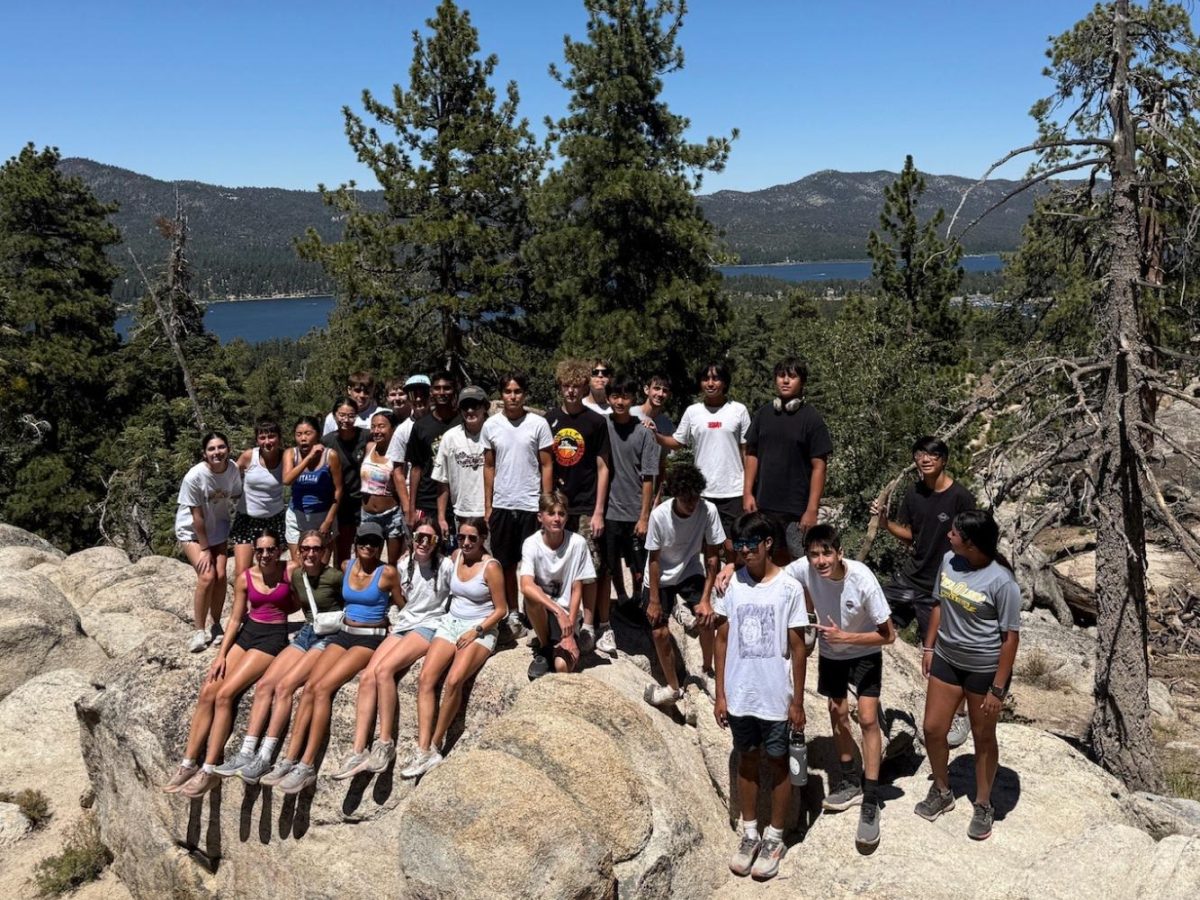

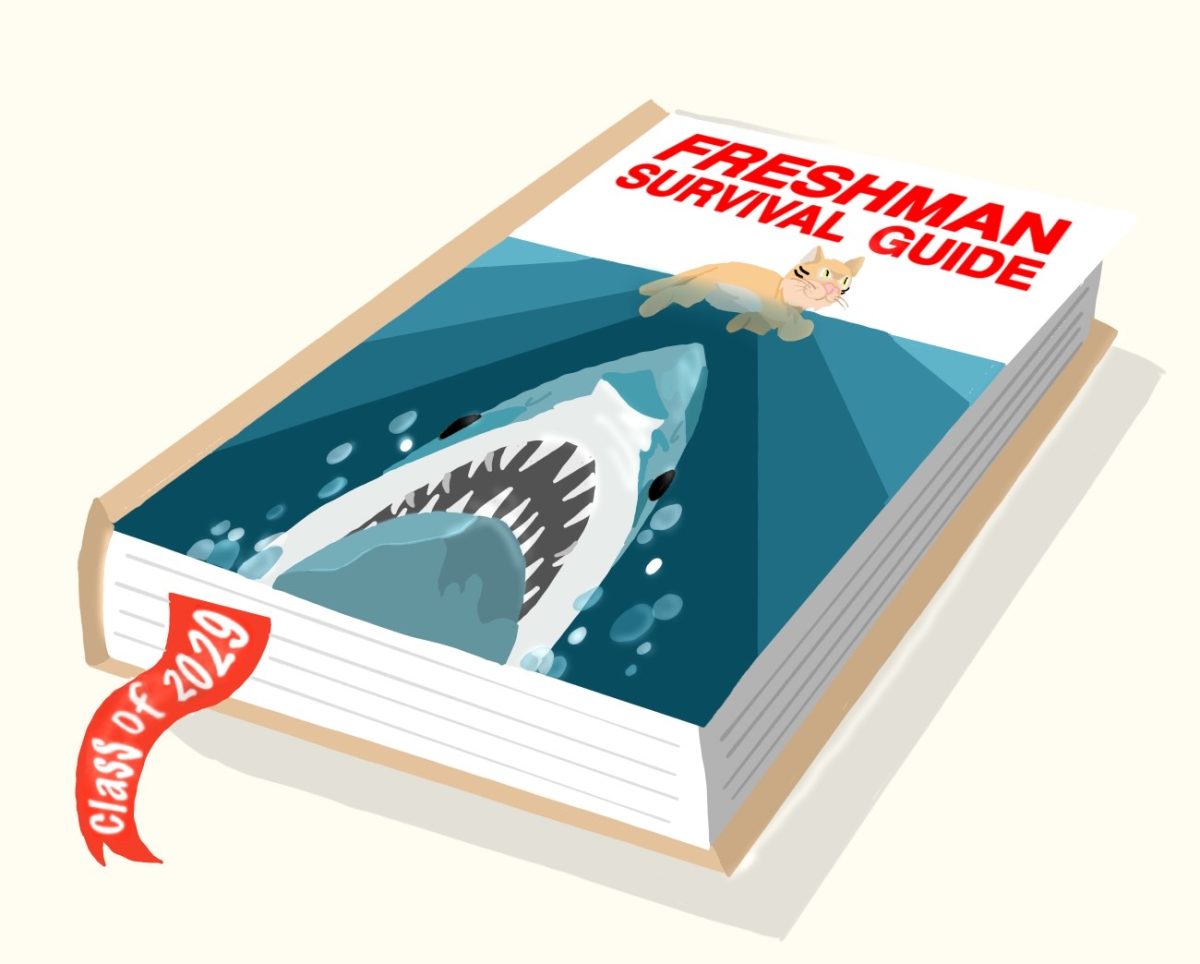


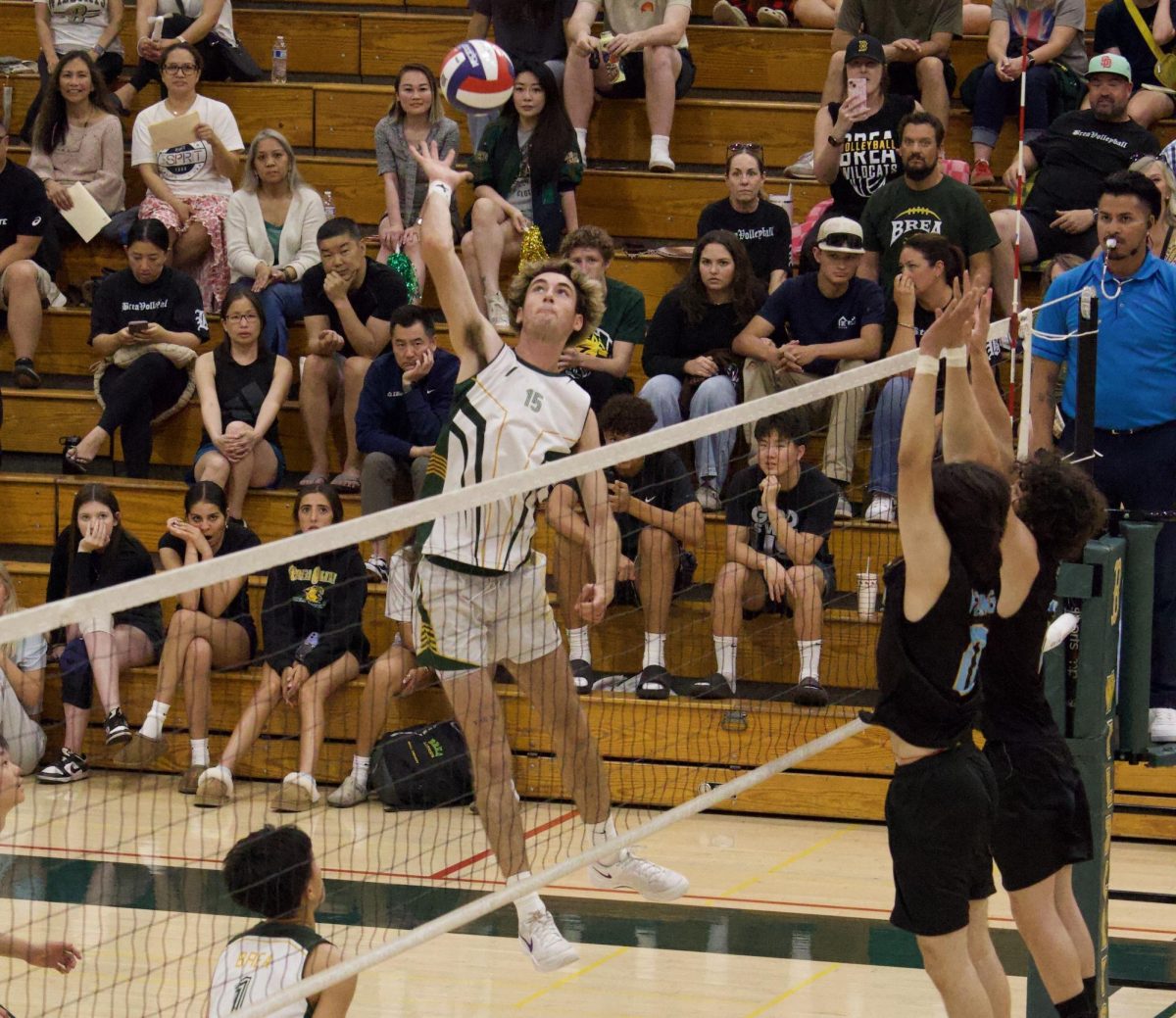


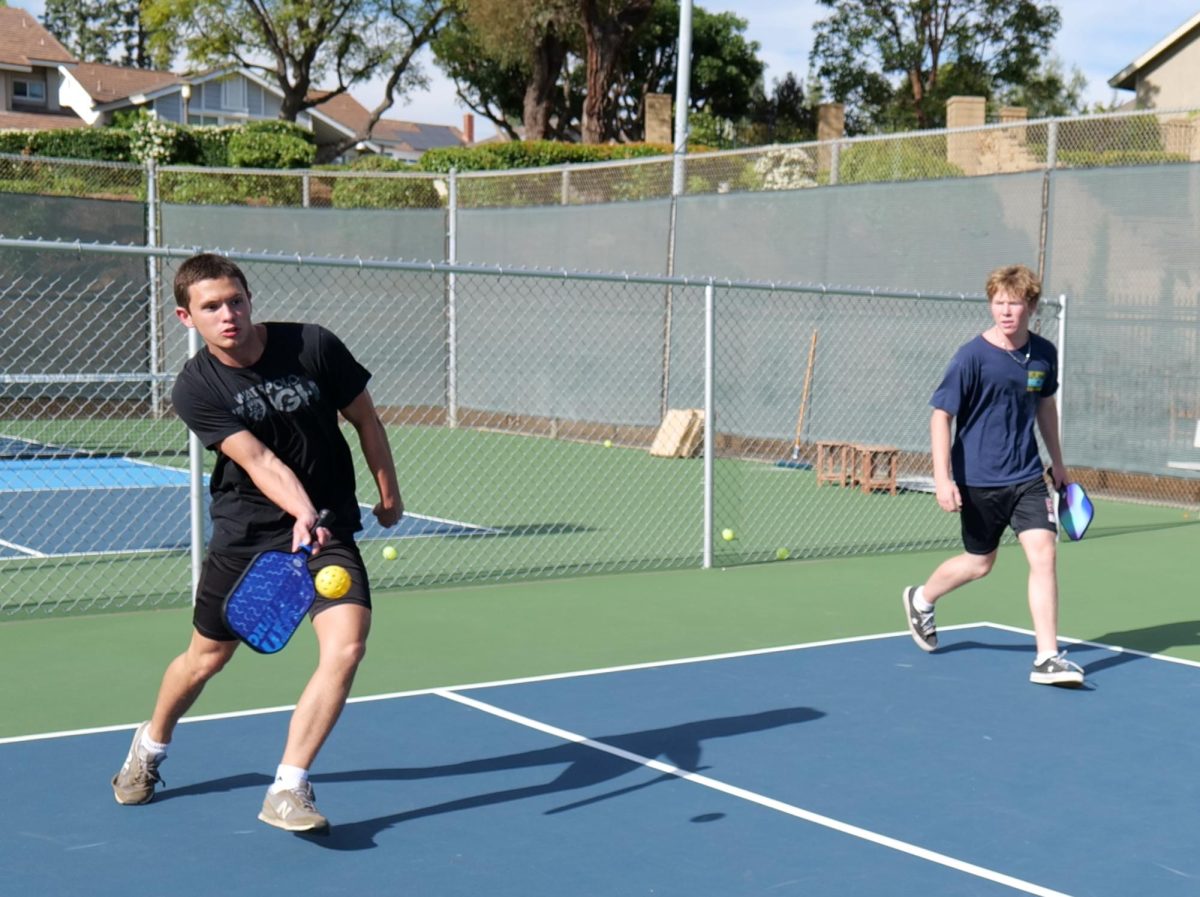
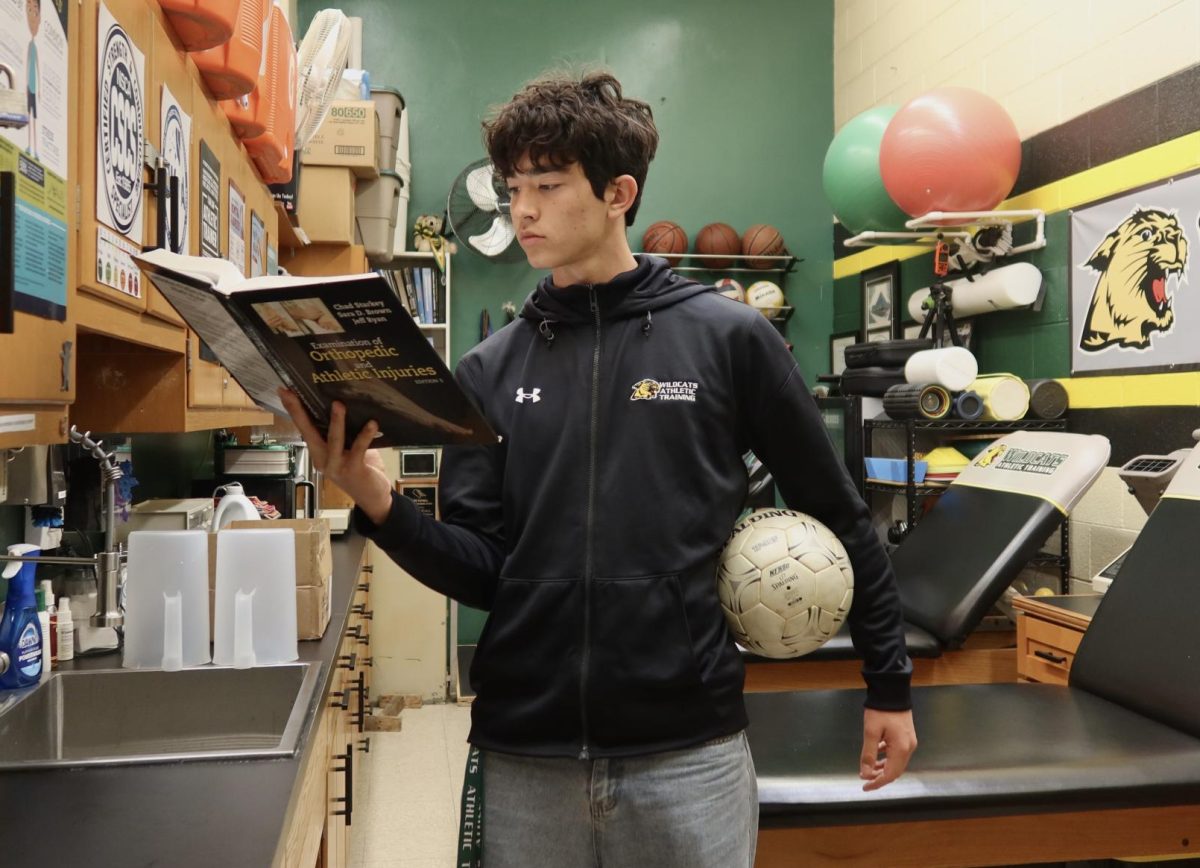




Jaime Robertson • Aug 16, 2025 at 3:24 pm
What an incredible experience!
Nona Beth • Aug 16, 2025 at 2:39 pm
Great descriptions of the experience. Quotes from teammates and leaders brought color to how individuals experienced training camp and bring those experiences to benefit their teams. Well done Charlotte!
Cory N • Aug 16, 2025 at 1:51 pm
Impressive!!
Lauren • Aug 16, 2025 at 1:36 pm
What makes this sport so special is the team that comes along with it and the environment, everyone’s just so pumped up, lively, and enthusiastic to where I feel like I can achieve anything, I truly loved experiencing this camp as a freshman and will sure be thinking about every memory made from those few days!!
Jimme • Aug 16, 2025 at 1:29 pm
A great read, it’s wonderful to see our youth of today out doing beautiful things to improve on the betterment of there place in society. Students keep up on the good work and you will be blessed not only on your athleticism but in who you are a competitor.
Jacquelyn • Aug 16, 2025 at 1:01 pm
So proud of this team – all of their hard work day and day out – looking forward to a great season! Well done on showcasing the team’s Big Bear trip, Charlotte
JoAnn Landreth • Aug 16, 2025 at 11:16 am
Fantastic article! Well written and captures the essence of team bonding!
XC is such a special sport that provides a life long foundation for conquering goals and pushing past perceived limitations!